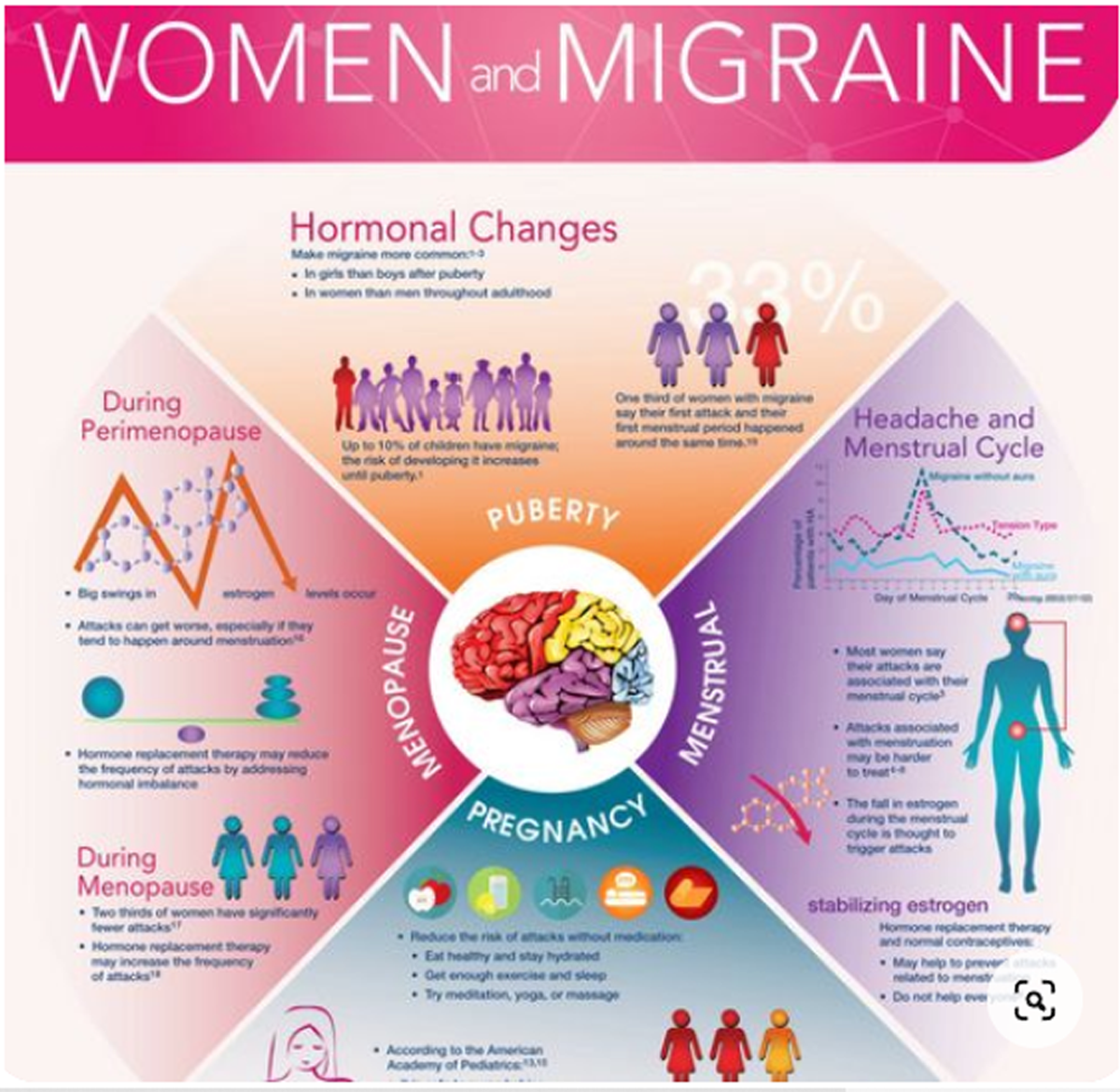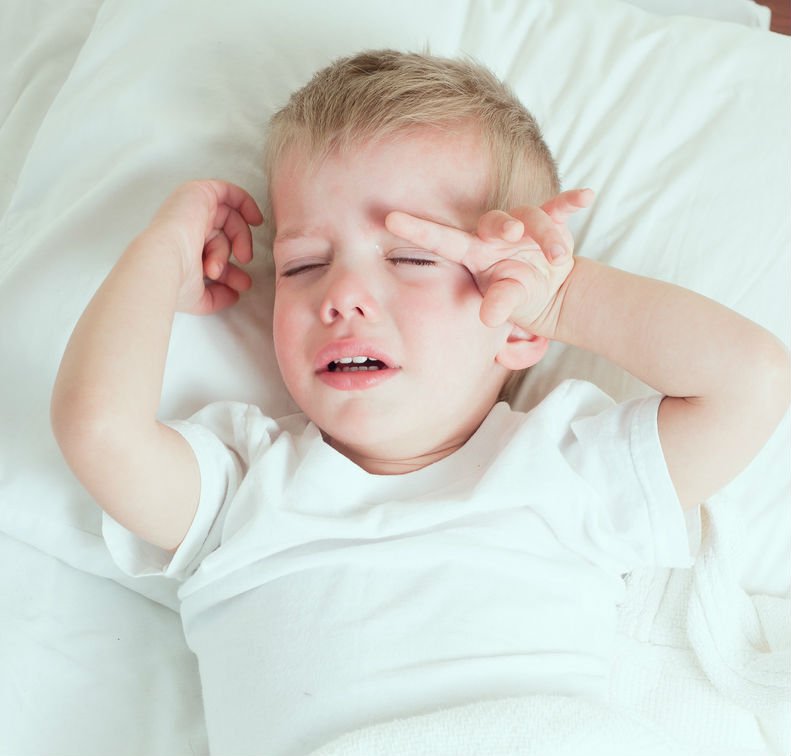Diagnostic Testing Considerations in Pediatric Cervicogenic Headache
SOURCE: ACA News ~ May 23, 2016
Robert Vining, DC and Janice Kane, DC
The Neurological Institute,
Taipei Veterans General Hospital,
Taipei, Taiwan.
We are all aware that children commonly complain of headaches, but determining a specific diagnosis can be challenging. That’s partly because pediatric patients may not describe their symptoms as well as adults. Therefore, we asked this question: “Is there a diagnostic test that helps classify headache in pediatric patients in the range of 6-12 years?” If an evidence-based diagnostic test is available, it may help providers diagnose and develop management strategies.
Cervicogenic headache is common in pediatric patients and is defined by the International Headache Society as a condition caused by cervical spine dysfunction that is usually accompanied by neck pain. We chose this type of headache because it is commonly seen in chiropractic offices. With these thoughts in mind, we performed a search for office-based tests to help substantiate a diagnosis of cervicogenic headache diagnosis in a pediatric patient.
An evidence-based consideration
A PubMed search using the terms pediatric AND headache AND posture produced only a few articles. Included in this list is an article authored by Budelmann et al. describing a cross-sectional study entitled:
Is there a difference in head posture and cervical spine movement in children with and without pediatric headache?
Eur J Pediatr. 2013 (Oct); 172 (10): 1349-56
What happened in this study?
Investigators recruited 34 asymptomatic children from a high school and handball club in Germany and 30 symptomatic patients from physiotherapy departments in the Netherlands. Both groups had a mean age of 10 years (range of 6-12 years).
Criteria utilized for probable cervicogenic headaches were patient reports of:
There are more articles like this @ our:
- unilateral headache without side shift;
- neck pain/stiffness associated with headache;
- neck movement or postures precipitating headaches;
- frequency of at least 1 headache per week; and
- episodic or continuous headache for a minimum of three months prior to participation.
Three procedures were performed with each patient in both groups:
- active cervical range of motion, measured using a goniometer worn on the head;
- craniovertebral angle measuring forward head posture from a digital photograph of a standing patient; and
- pain response following the flexion-rotation test.
The flexion-rotation test is performed with the child supine, passively moving his or her head and neck into full flexion before rotating the head to the left or right. Head rotation occurs within the maximum comfortable range. Pain experienced following the test was reported using the colored analog scale (CAS), (a way to measure a child’s pain) from which numbered values (0-10) were obtained.
Read the rest of this Full Text article now!






Leave A Comment